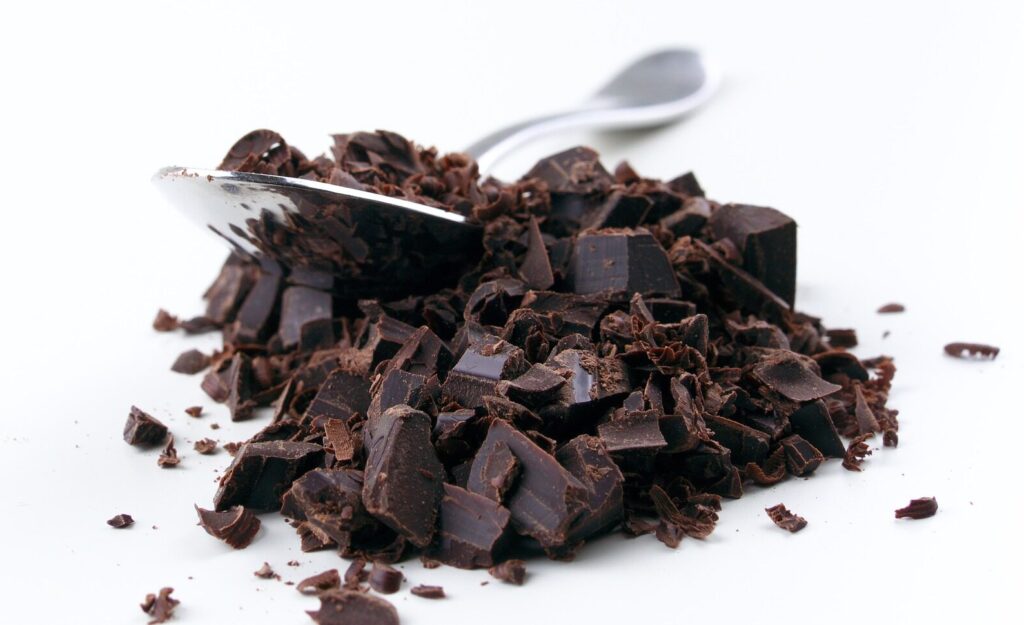Learn more about white, milk, and dark chocolate
White chocolate is a blend of cocoa butter, milk, sugar, and flavor. Technically, it is not one of the chocolate types — and it doesn’t really taste like one — because it doesn’t contain chocolate solids (the non-fat component of cocoa).
In the U.S., since 2004, white chocolate must be at least 20% cocoa butter, 14% total milk solids, 3.5% milk fat, and no more than 55% sugar or other sweeteners, all by weight.
Swiss confectioner Daniel Peter developed solid milk chocolate in the 1870s using condensed milk, but German company Jordan & Timaeus in Dresden, Saxony had already invented milk chocolate in 1839 as a drink.
Milk chocolate is a blend of cocoa butter, milk, sweeteners, and flavorings which are added to chocolate liquor. All milk chocolate made in the U.S. contains at least 10 percent chocolate liquor and 12 percent whole milk.

The Hershey Company is the largest producer of milk chocolate in the US. The actual Hershey process is a trade secret, but experts speculate that the milk is partially lipolyzed, producing butyric acid, and then the milk is pasteurized, stabilizing it for use, according to Wikipedia.

Dark chocolate is chocolate liquor to which sweeteners and cocoa butter have been added. According to government standards, it must contain at least 35% chocolate liquor. Its fat content averages 27%.
Semisweet and bittersweet are terms for dark chocolate traditionally used in the United States to indicate the amount of added sugar. Typically, bittersweet chocolate has less sugar than semisweet chocolate, but the two are interchangeable when baking.